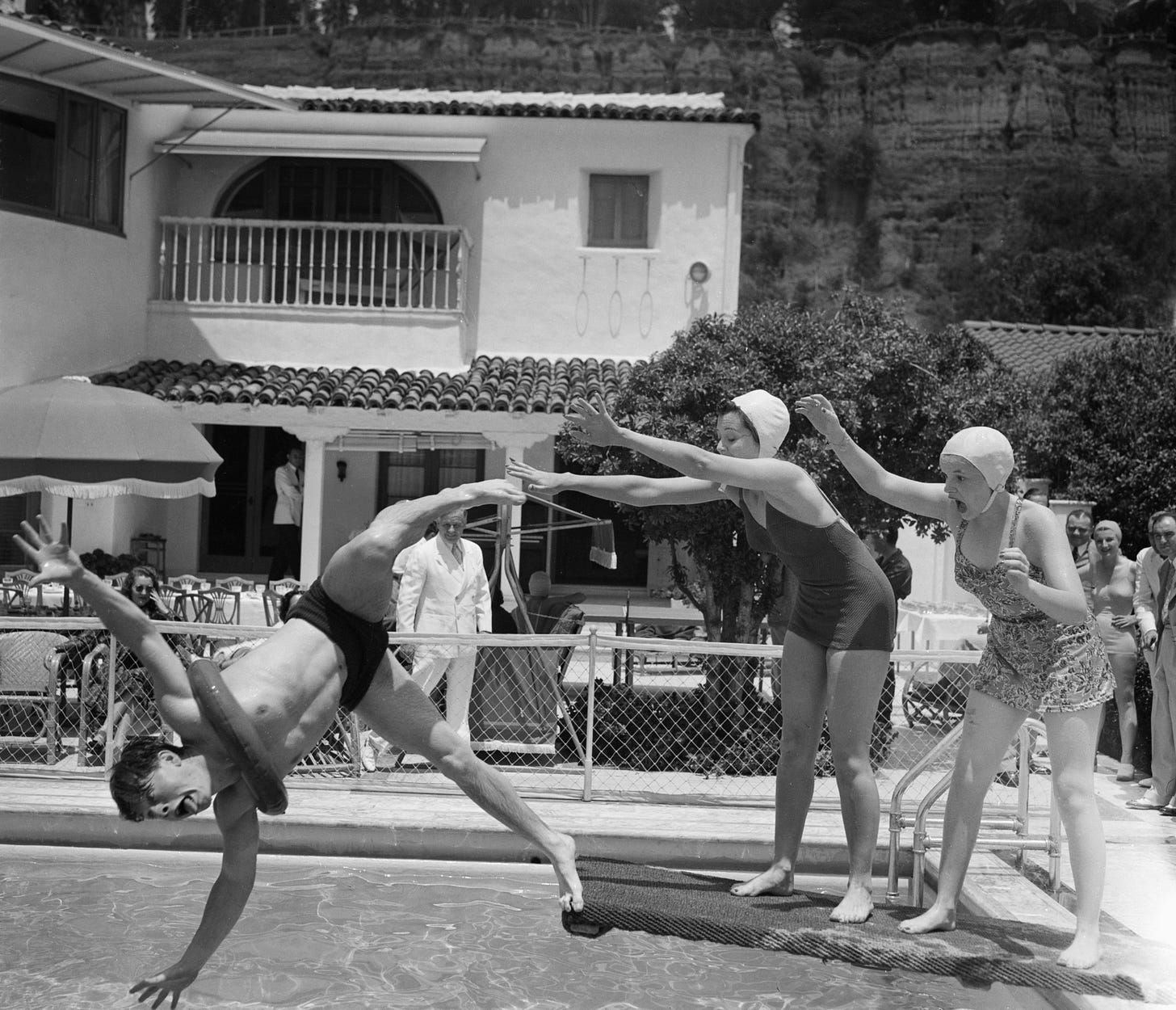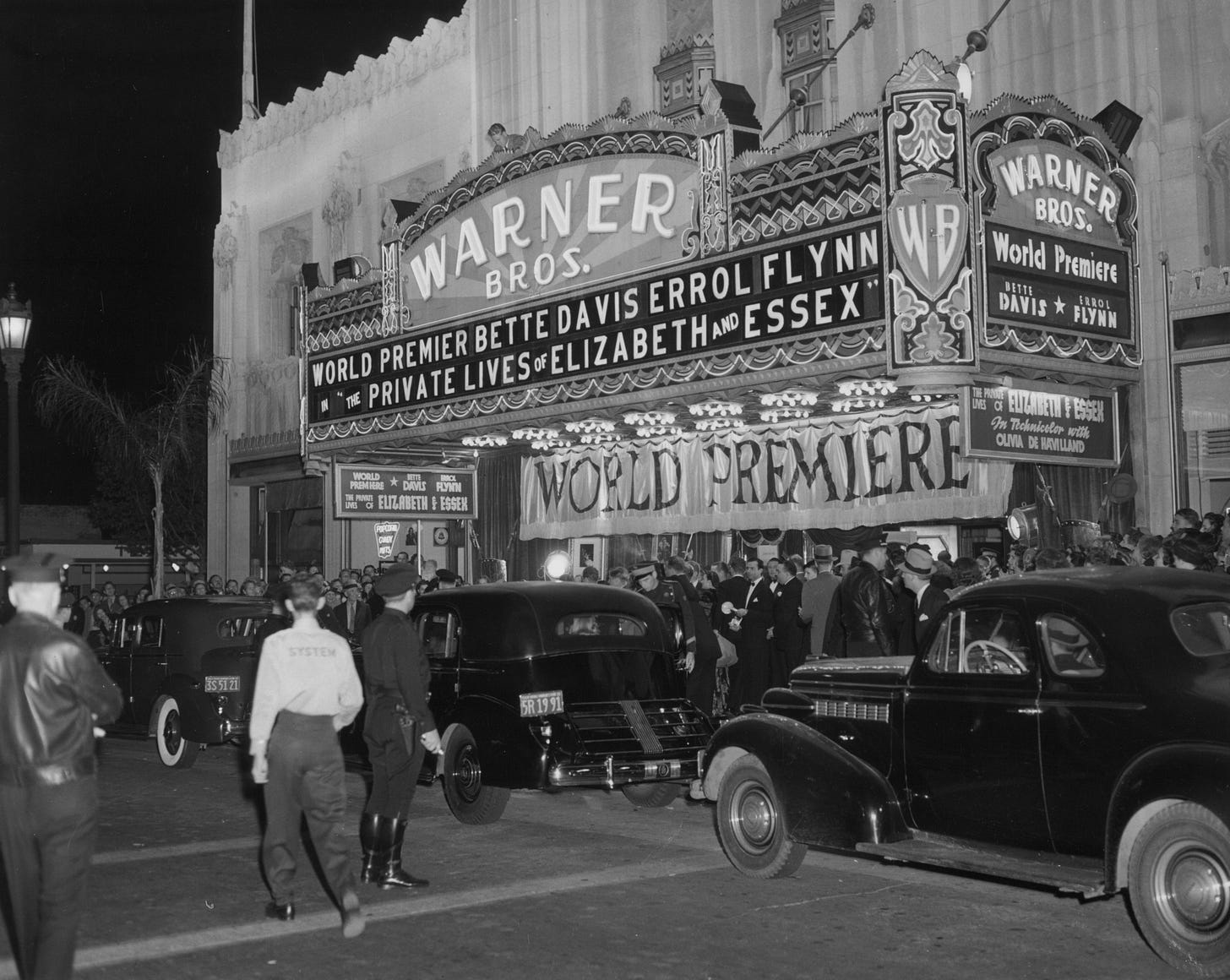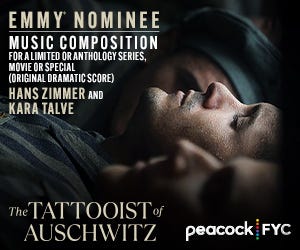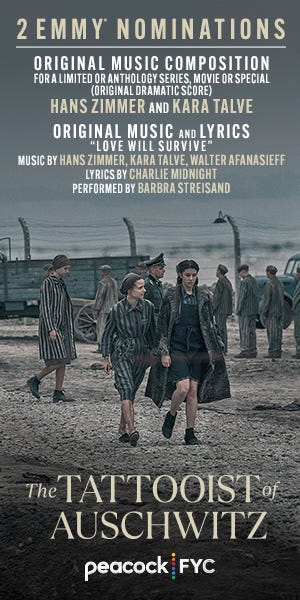Hollywood's Golden Ages: 4 Brilliant Eras That Changed Everything
Every day this week I analyze a decade where magic happened and what we can learn from them for today

Welcome to Golden Ages, a five-part series this week about four of Hollywood’s most fecund eras, the elements that had to come together for them to produce such iconic work, what went right and why — and, of course, how each ultimately fell apart. First up, the 1930s.
If you refer to Hollywood’s Golden Age — as in, there was only one — you could only be talking about the 1930s, in particular the late 1930s.
The number of classic films to emerge from this period is almost impossible to believe (see below). As is the roster of all-time pantheon stars working at the top of their game during this period. As you peruse this list, compare it with our depleted ranks today. A quick smattering: Jean Arthur, Fred Astaire and Ginger Rogers, Lionel Barrymore, Humphrey Bogart, James Cagney, Charlie Chaplin, Claudette Colbert, Gary Cooper, Joan Crawford, Errol Flynn, Henry Fonda, Clark Gable, Judy Garland, Cary Grant, Jean Harlow, Katherine Hepburn, Boris Karloff, Laurel and Hardy, Vivian Leigh, Dick Powell, Tyrone Power, Edward G. Robinson, Barbara Stanwyck, Jimmy Stewart, Shirley Temple, John Wayne and Mae West.
All making films that are remembered and treasured to this day, approaching a century later, with their names still iconic nearly a century later. How will we remember the stars’ names of today in 100 years (if we remember them at all)?
So what made this era work? Eight distinct elements merged. As we’ll see, once this ecosystem was disturbed, the moment was lost.
So put on your white tie and tails and join me on the banquette for that moment when Hollywood’s big band started to swing.
Element #1: Variety of Choice
One of the defining characteristics of a Golden Age is that it’s not a heyday for merely one genre or studio, but rather a profusion of success. Consider the tiny, three-year sliver from 1936 to 1939, where in one genre alone — comedy — you had everything from broad, big-hearted ones such as You Can’t Take It With You and Mr. Smith Goes to Washington to screwball classics (My Man Godfrey, The Awful Truth) to sophisticated ones (The Thin Man series, The Women) to political satires (Ninotchka, Modern Times). No one looked at the success of Robin Hood and said, let’s only make swashbuckling adventures. No, there was still room for Westerns (Stagecoach), historical dramas (Young Mr. Lincoln), tearjerkers (Dark Victory), sweeping epics (Gone With the Wind) and many many musicals (Golddiggers of 1937, Broadway Melody of 1938, Swing Time).
There were of course animated films too — Mickey Mouse, Looney Tunes, Popeye, Felix the Cat — and the serials: Flash Gordon, The Three Stooges, Tarzan and Our Gang, to name a few.
Wherever you looked — high, low, broad, elevated — the 1930s set the template for all that was to follow. Film was a broad medium of expression, and the era’s output showcases an industry fully coming into its own in understanding the marriage of sight and sound.
Element #2: Technology
For most of Hollywood’s Golden Ages, great leaps forward were precipitated by some sort of technological leap.
In this Golden Age, the most significant new technology was sound, which made its sensational feature debut in 1927’s The Jazz Singer. By 1930, the major studios had all adapted their production facilities to accommodate this breakthrough.
After early awkward attempts to harness the new capabilities, the industry shook off its silent-era mannered antecedents, creating something fully immersive and theatrical. The possibilities unlocked by sound gave birth to a sophistication in writing and conception that formed the basis of the Golden Age.
Bill Garity, the first manager of the nascent Disney studio, brought sound to animation and then in the mid-1930s, developed the multiplane camera, the technological breakthrough that enabled Snow White, the first full-length animated motion picture, to depict its characters with never-before-seen depth.
Element #3: Stable Revenue Sources

For all the hits that this moment produced, the industry was not wholly reliant on the unpredictable boom and bust of a hit-powered business.





